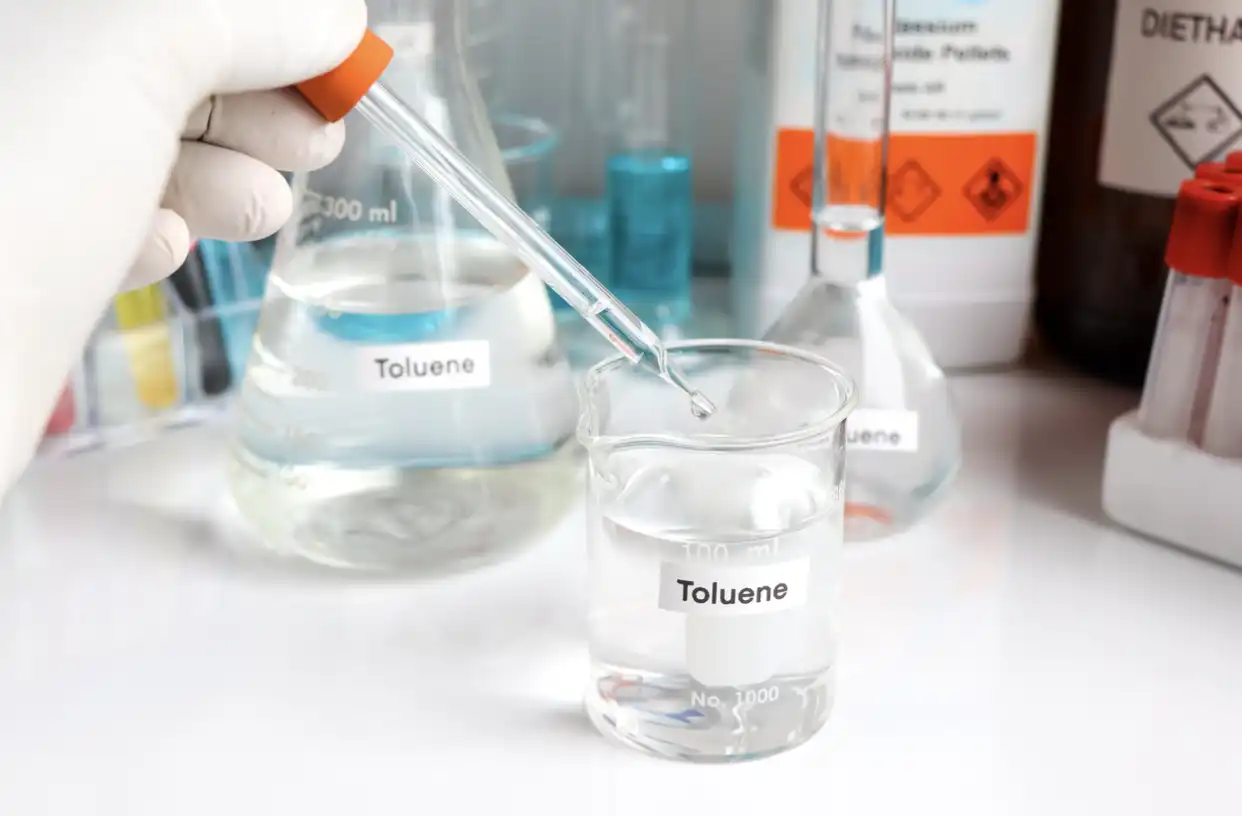
Acido tartarico è un acido organico naturale con la formula chimica C ₄H₆O₆ . Si trova più comunemente nelle piante, in particolare nelle uve, ed è un componente chiave nella vinificazione, dove aiuta a mantenere l'acidità e la stabilità del vino. L'acido tartarico ha un forte sapore acido ed è spesso utilizzato in applicazioni alimentari e farmaceutiche.
Proprietà chiave:
- Aspetto: L'acido tartarico è un solido cristallino incolore o bianco.
- Solubilità: È solubile in acqua e alcol ma solo leggermente solubile in etere.
- Acidità: Come acido dibasico, Può rilasciare due protoni ( ⁺ ), dandogli un forte carattere acido.
- Attività ottica: L'acido tartarico è otticamente attivo ed esiste in diverse forme isomere, le più comuni delle quali sono L-(+)-acido tartarico e D-(-)-acido tartarico.
Uso comune:
- Alimenti e bevande: L'acido tartarico è utilizzato nella polvere da forno, dove reagisce con il bicarbonato per rilasciare anidride carbonica, causando l'aumento della pasta. È anche usato come agente stabilizzante nella panna di tartaro per frustare gli albi d'uovo, e nel vino per regolare l'acidità.
- Vinificazione: Nella vinificazione, L'acido tartarico è critico per controllare l'acidità del vino, migliorare il sapore, e aiutare la conservazione.
- Farmaceutici: L'acido tartarico è usato come eccipiente in compresse e farmaci orali per aiutare con il processo di formulazione.
- Cosmetici: È usato in alcuni prodotti cosmetici come agente esfoliante a causa delle sue proprietà acide mite.
- Applicazioni industriali: L'acido tartarico è usato nella fabbricazione di determinate sostanze chimiche, incluso il tartrato di potassio.
L'acido tartarico è un acido organico ampiamente utilizzato con applicazioni in cibo, farmaceutici, e industria, prized for its sour taste and functional properties in various processes.



